In this lesson, we’ll talk about how to hold a tin whistle correctly. While it may sound like a no-brainer, it’s often neglected. And we believe it’s essential to figure out how to do things right at the very beginning.
How to hold a tin whistle
First of all, take a deep breath and relax. Do not hold the whistle too tight and do not bite the mouthpiece. The most important rule, if you are not feeling comfortable, then you are not doing it right. So, here are the basics:
- Cover six holes of the whistle with the top parts of your three middle fingers of both hands. Make it feel comfortable and natural, do not intentionally flatten the fingers.
- Use your thumbs on the backside of the whistle to make a grip and balance. Make sure you are holding it tight just enough that it doesn’t drop, but do not press too much.
- Put the mouthpiece tip into your mouth and make sure that the windway of the whistle is between your lips. Avoid touching your teeth.
- The angle between your chest and the whistle body should be at around 45 degrees. Again, it should feel natural.
- Always sit upright or stand, to make sure you can comfortably breathe while holding the whistle.
Right hand vs left hand
The general rule is that your dominant hand should be used to cover the bottom three holes. So, if you are right-handed, the right hand should go on the bottom and the left hand on top.
However, since you only need six fingers, it really does not make any difference, and you can’t be wrong if you pick the opposite way. Probably 99% of the people play with the right hand on the bottom and left on top, but our suggestion is to choose the position by what feels more natural to you.
If you are not feeling comfortable while holding the tin whistle, you are probably not doing it right.
LearnTinWhistle.com
Covering the holes correctly
To create a clear sound out of any note you play, we need to make sure that the fingers cover the holes completely. It means that you shouldn’t use the tips of your fingers, but the pads. So, flatten your fingers comfortably to align them with the whistle surface, and let the finger pads seal the holes.
You should keep in mind that hole diameter varies from whistle type to type, and also, you will notice that whistles with lower keys sometimes have significantly larger holes. If you are about to play a low whistle, for example, you will usually want to use the so-called “piper’s grip”. This basically means that you need to stretch and rotate your hands across the whistle body in order to cover larger holes with larger parts of your fingers.
All right, enough with the whistle holding. Let’s continue with tin whistle blowing techniques and start producing the sound.

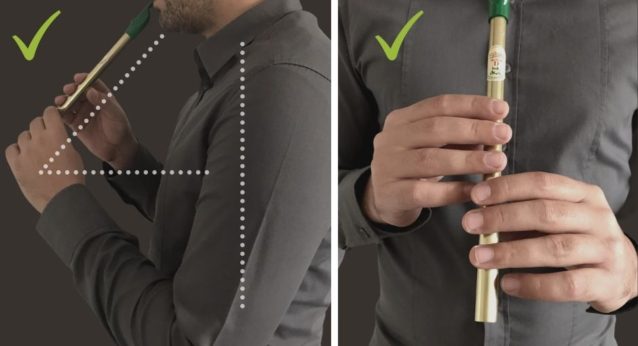

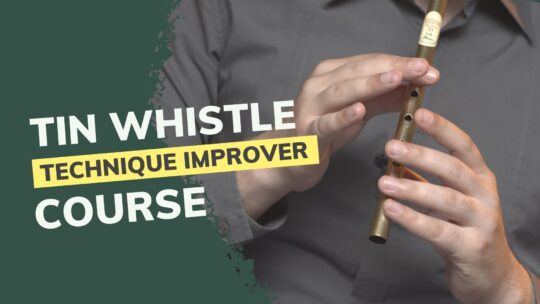
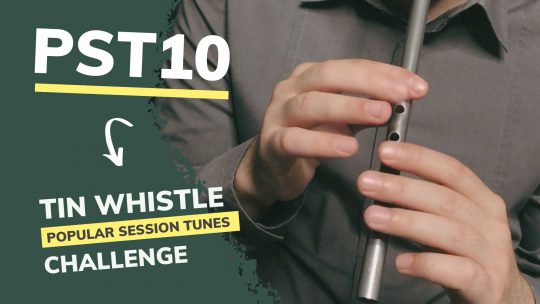
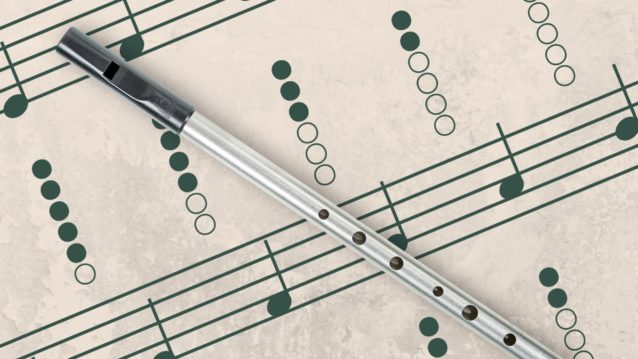
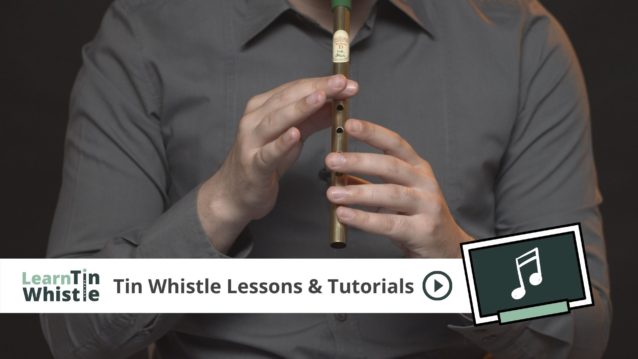
I’m appreciating that these lessons are mostly written, instead of extended videos. Glad to have found you!
I am left-handed and some say I’m holding it wrong. But I think you said it all correctly. I cannot change now.
“It really does not make any difference, and you can’t be wrong if you pick the opposite way.” That’s me.
Hi Kathleen,
You’re absolutely right. The whistle, having only six holes, can be played with either hand on top. There’s really no difference at all. The only possible issue that could come up in the future is if you decide to move on to the uilleann pipes or another more complex wind instrument, since it’s usually hard to find versions made for “left-handed” players.
Hi, thank you for your great tin whistle tuition website. As a relatively new learner may I ask is it relevant for the thumb to be positioned at a certain point on the back of the whistle?
Hi Anya,
You are welcome! The thumbs mainly help with grip and balance, so there’s no strict “correct” spot where they must go. Just place them wherever feels most natural to you on the back of the whistle. That way, the fingers you’re actually playing with will have the right kind of support and everything will feel more stable and comfortable.
Thank you for your excellent website. So easy to follow and use. Appreciate very much your sharing your expertise so generously. In the past have played with the tips of my fingers as that is how I play the piano. I look forward so much to improving my technique and playing this lovely music more musically.
Hi Rachel,
Thank you so much for your kind words! I’m really glad you find the website easy to use and helpful. It’s great to hear that you’re excited to improve your technique and bring more musicality to your playing — it’s such a rewarding journey.
Hi
Tnx for all the great info.
What do the arrow imply? It looks like its supposed to be a lower note than D for example in The Rare old Mountain Dew.
And how do I do it?
Hi Fredrik,
Yes, tabs are sometimes generated based on the original sheet music not written for a tin whistle in particular. If there is no lower note, most whistle players will usually just play the same note in the octave that is accessible. Or, sometimes you may simply experiment to hear what other note can be used as a replacement to sound good, but this depends on the tune and the context.
Well, how high lifting your fingers is too high?
My two questions are:
1. How close in inches should your fingers hover above the holes of the whistle when they are not actively covering a hole? I heard one person say that a player’s fingers should just be a couple of centimeters above the holes. That is extremely hard while playing, because when I lift one finger, the other finger above it naturally lifts, too, and thus causes all the fingers on that hand to lift 2-3 inches. I can lower those fingers back down again, but then I have to continuously readjust my finger height above the holes while playing the whistle.
2. Is that normal?
Good question. Yes, it is completely normal for other fingers to lift naturally when you raise one finger. There is no strict measure in inches or centimeters; the key is to feel “natural.”
However, some people tend to lift their fingers too high, as if trying to unglue them from the whistle and bounce them off. The movement should be gentle, allowing your muscles to simply uncover the holes without extra effort, so you can easily bring the fingers back to the holes. For example, like you type on a keyboard.